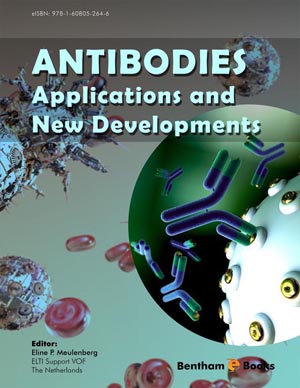Abstract
Immunochemical methods, methods that employ antibodies as analytical reagents, have revolutionized laboratory medicine. Although the noncovalent bound between analyte in biological specimen and complementary antibody in reagent is specific, positive or negative interferences are possible. Interfering substances can be present in both specimen and reagents, respectively. Most interfering substances are inherent in patients’ blood under physiological and pathophysiological conditions, especially under diagnostic and therapeutic procedures. Some interferences are similar to those in chemical analyses and some are typical only for immunoassays (hook effect; cross-reactivity with structurally similar or identical epitopes; heterophile antibodies; anti-animal antibodies; autoantibodies; the matrix effect). The main characteristic of all immunoassays is that the reagent which discovers or quantifies the target analyte contains the specific antibody. Results higher than real values are recorded due to a low antibody specificity. Results can also be influenced by pre-analytical factors or assay formulations. One should suspect interferences a) after obtaining an unacceptable result; b) if there is non-linearity during dilution; c) if there is no agreement with other test results or clinical data; d) if different immunoassays in determination of the same analyte provide significantly different results. It is necessary to think about present predictable and always possible unpredictable and unrecognizable interferences. Unawareness and non-recognition of interferences could lead to diagnostic errors, unnecessary laboratory tests, inadequate and unnecessary treatment and therapy. There is no simple and practical way to identify interferences in specimens before analysis. Whenever interference is suspected, there are a few possibilities to solve them, e.g. serial dilution, pre-treatment with blocking reagent, use of more specific methods. At the same time a proper information upon pre-analytical diagnostic and therapeutic procedures is needed for accurate interpretation of the results. In this process, consistent communication and compliance between laboratory professionals and clinicians are required.
Keywords: Antibody, Immunoassays, Interferences






















